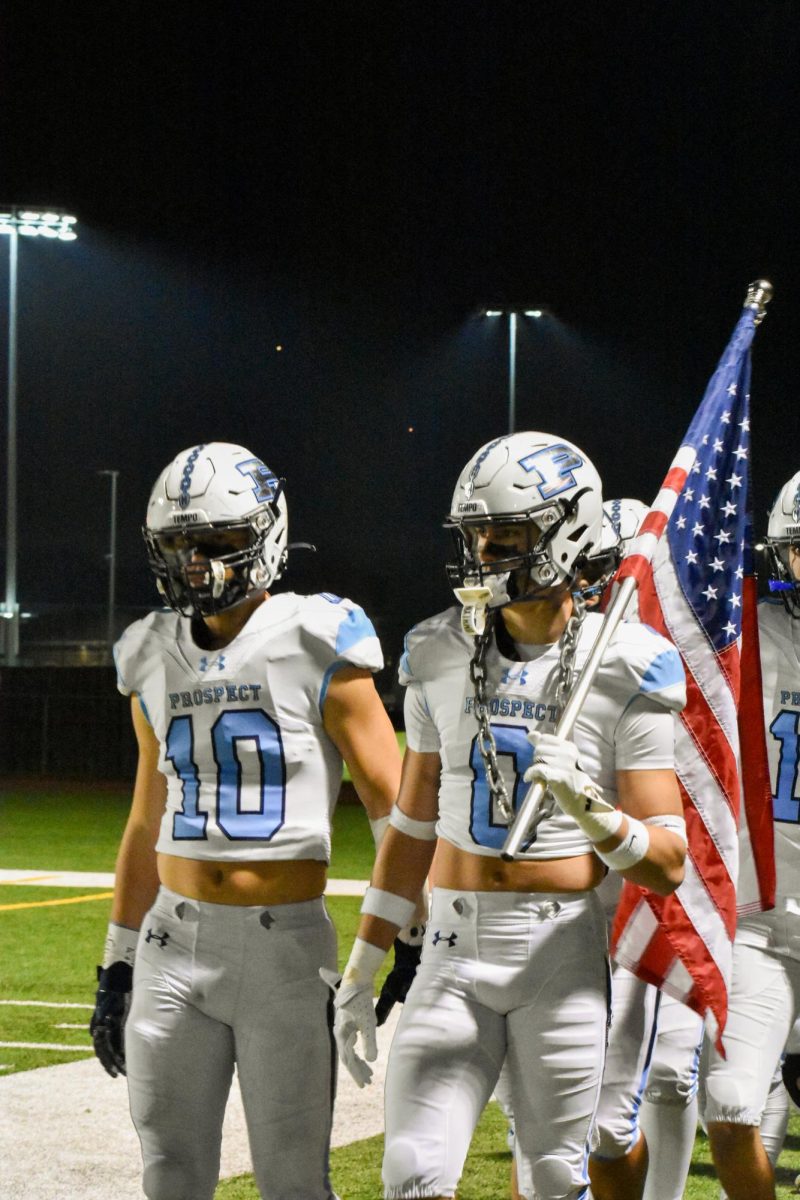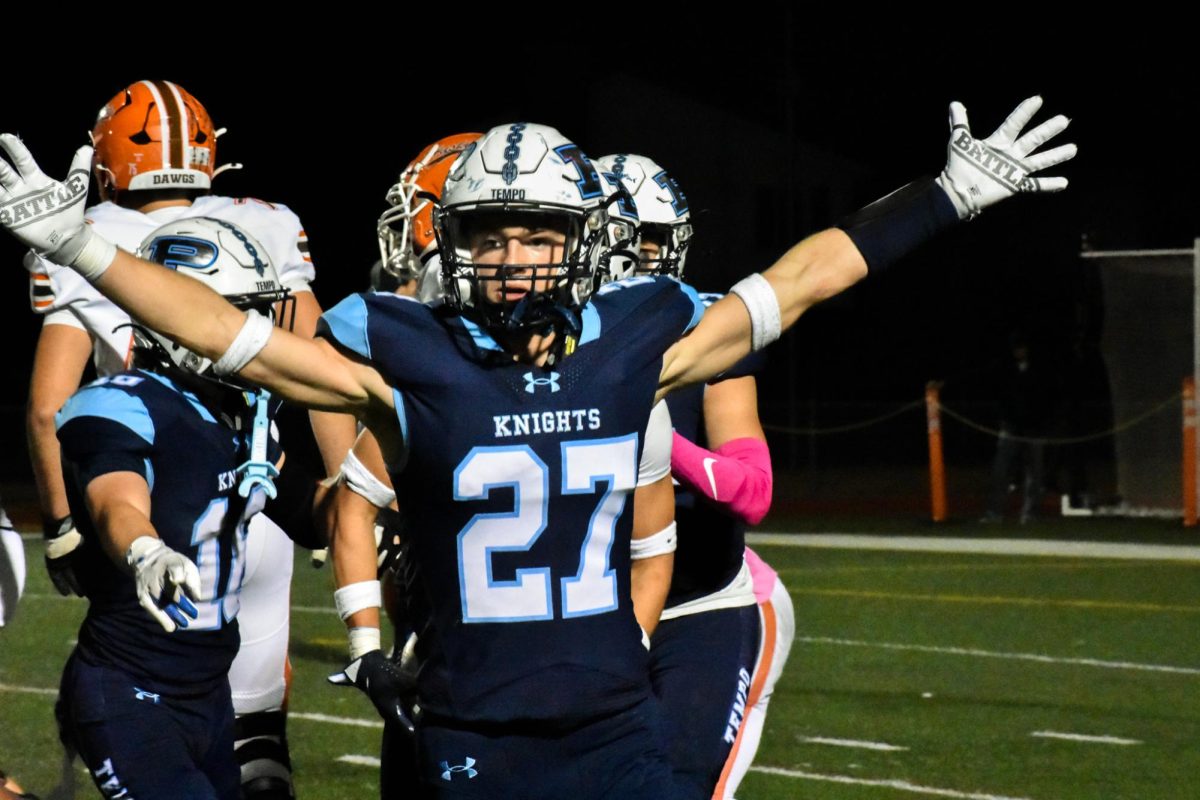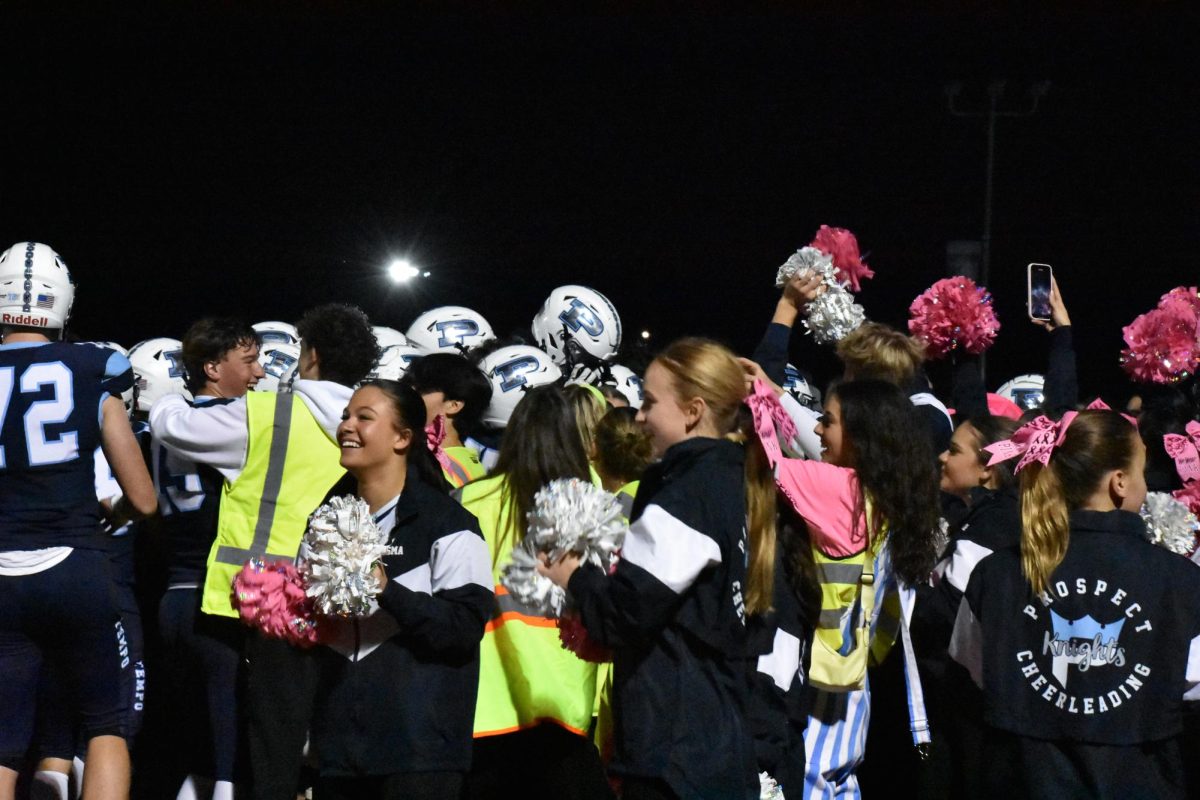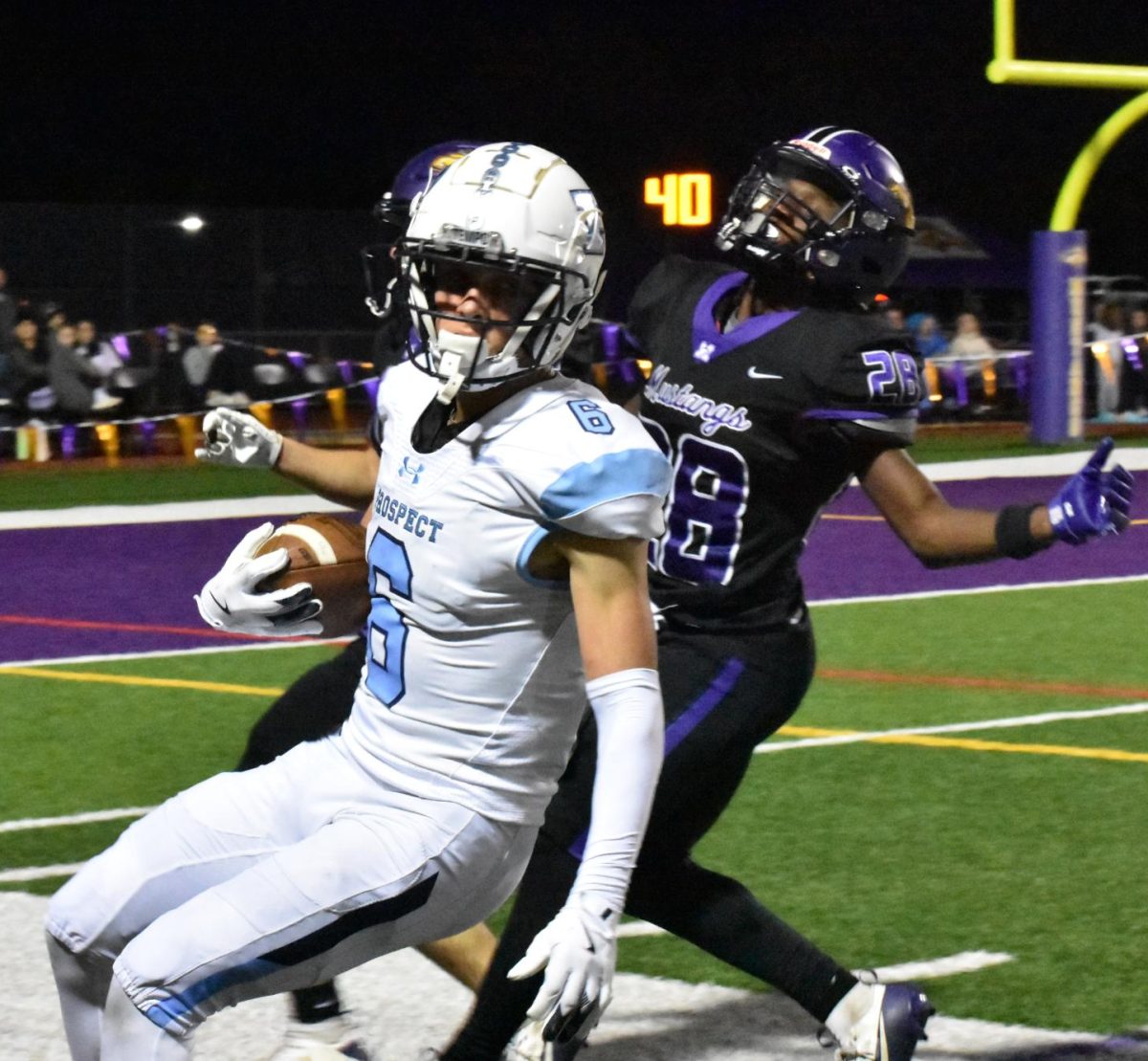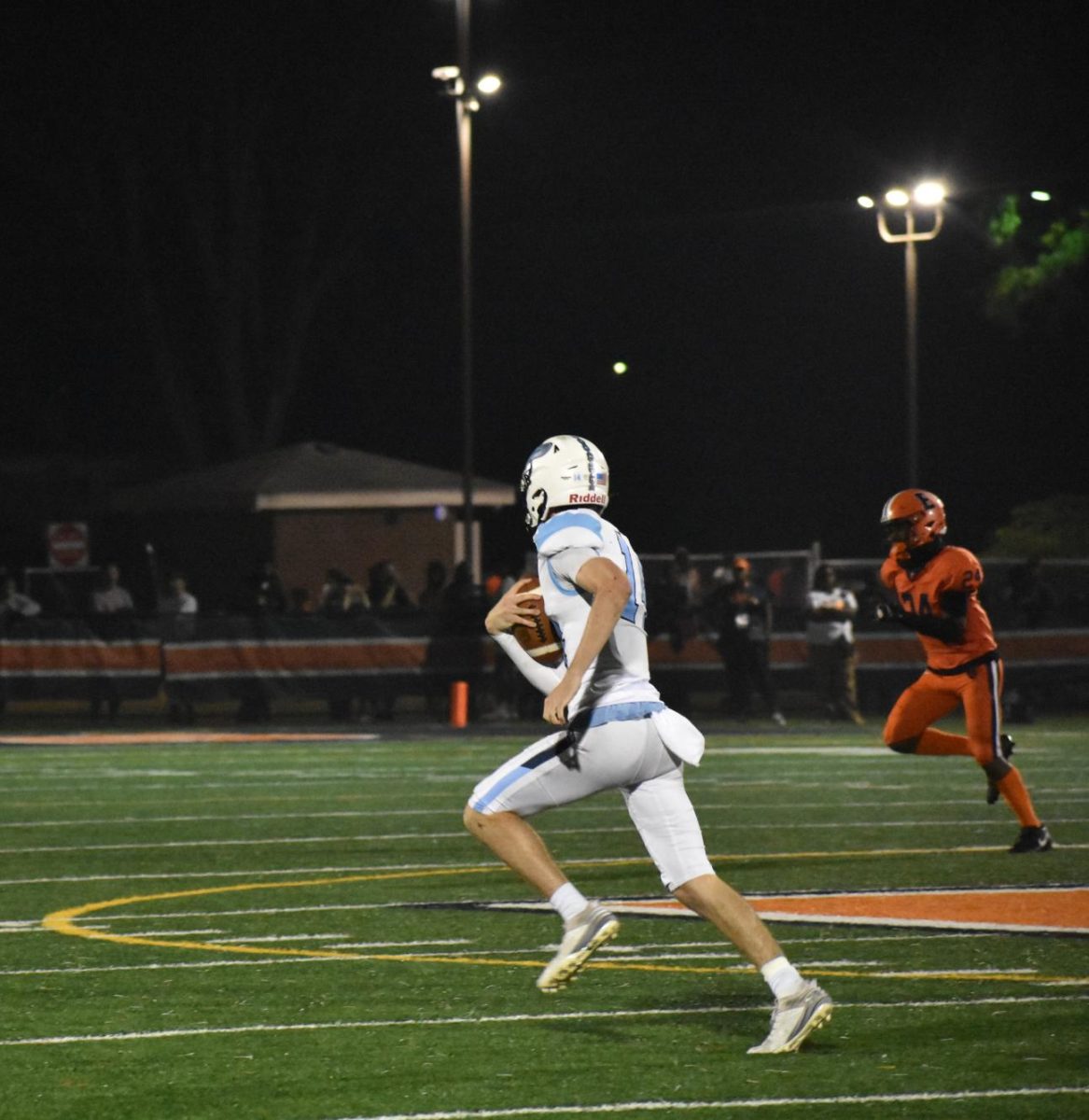
By Ryan Molini (@molins_3)
Athletic trainer Katie Cottin cringed at the most recent news of high school football player Evan Murray’s death, which was caused by a lacerated spleen on Sept. 25 in New Jersey. Cottin explained the death could have been prevented if the symptoms of Infectious Mononucleosis (Mono), which caused the inflamed spleen, were reported prior to the incident occurring.
“A couple of the deaths that have happened in the past couple of weeks were schools that didn’t have any sort of athletic trainer,” Cottin said. “Some of [the deaths] were not preventable. Others were.”
Cottin emphasized strategies that prevent serious injuries that could potentially be long-term are easy as learning to play the game correctly.
“The biggest thing [in preventing serious injuries is] proper coaching,” Cottin said. “Especially the proper way to tackle [in football]. ‘See what you [tackle]’ is a big thing we like to tell the kids [when tackling in football].”
Cottin emphasized that knowing how to control your body is essential in any sport. She feels wrestling, gymnastics and football are the most common sports for injuries to occur in.
Walking into the trainer’s office on a typical fall afternoon around 2:52 pm, Cottin is swamped with over 20 football players either getting taped up, stretched out, muscles stimulated via slight electrical shocks or even passing concussion tests.
While injuries have the potential to be fatal in high school sports, Cottin feels the best way to prevent fatal injuries from occurring is to promote athletic trainers as a necessity in schools across the country.
“It’s necessary for every high school to employ an athletic trainer,” Cottin said. “Around 40 percent of high schools have an athletic trainer, which is scary low if you think about it.”
Seventy-seven high school football players in the last 20 years have died due to on-field incidents in games — an average of just under four deaths per year.
Many of the varsity football players recognize the role injuries play on their health and well-being throughout their high school careers and lives.
However, some football players, including injured junior Jack Pruban, believe injuries happen in every sport and some situations are just unlucky.
“I think that you can get injured [severely] in any sport. It just sucks that that kid had his spleen lacerated,” Pruban said. “Definitely [just] unlucky.”
Even season-ending injuries for athletes may have long-term effects on the players.
Senior football player Wojtek Koziol suffers from a sprained MCL.
“Whenever I’ve [injured] my knees, [my parents tell me] when I’m 40 [years old], I’m not going to be able to walk,” Koziol said.
Even though his parents express concern, Koziol does not feel these football-related injuries are a concern to him currently.
Koziol explained everyone understands the idea that football is directed related to many injuries, but he continues to play because of his teammates and the relationships he has created over the years.
Pruban has a broken tibia plateau, and his parents feel the same way Koziol’s do about his recent knee injury.
“[When] I broke my knee, [my parents] were saying, ‘You’re going to be using a cane when you’re 40 [years old] if you keep playing [football],” Pruban said.
Pruban, along with Koziol, only sees his injury as a setback that puts him on the sidelines for his upcoming games rather than serious effects to his long term health.
Cottin has seen a high school football injury be as serious as a broken vertebrae already at Prospect. She is working hard everyday to not only serve and protect athletes during their seasons, but to promote the idea that athletic trainers need to be present at the time of a serious injury in a high school sport.
“The best way to put it from my profession [is that] having an athletic trainer shouldn’t be a luxury,” Cottin said. “It should be a necessity.”
High school football more dangerous than expected
October 13, 2015
0
Donate to ProspectorNow
This coming fall, we plan on traveling to the 2025 National High School Journalism Convention in Nashville, Tennessee, where we'll learn from professionals and get better at what we do: making the best multimedia student journalism in the state. If you've ever found anything of worth on this website, please consider donating to offset the cost.
More to Discover





































































